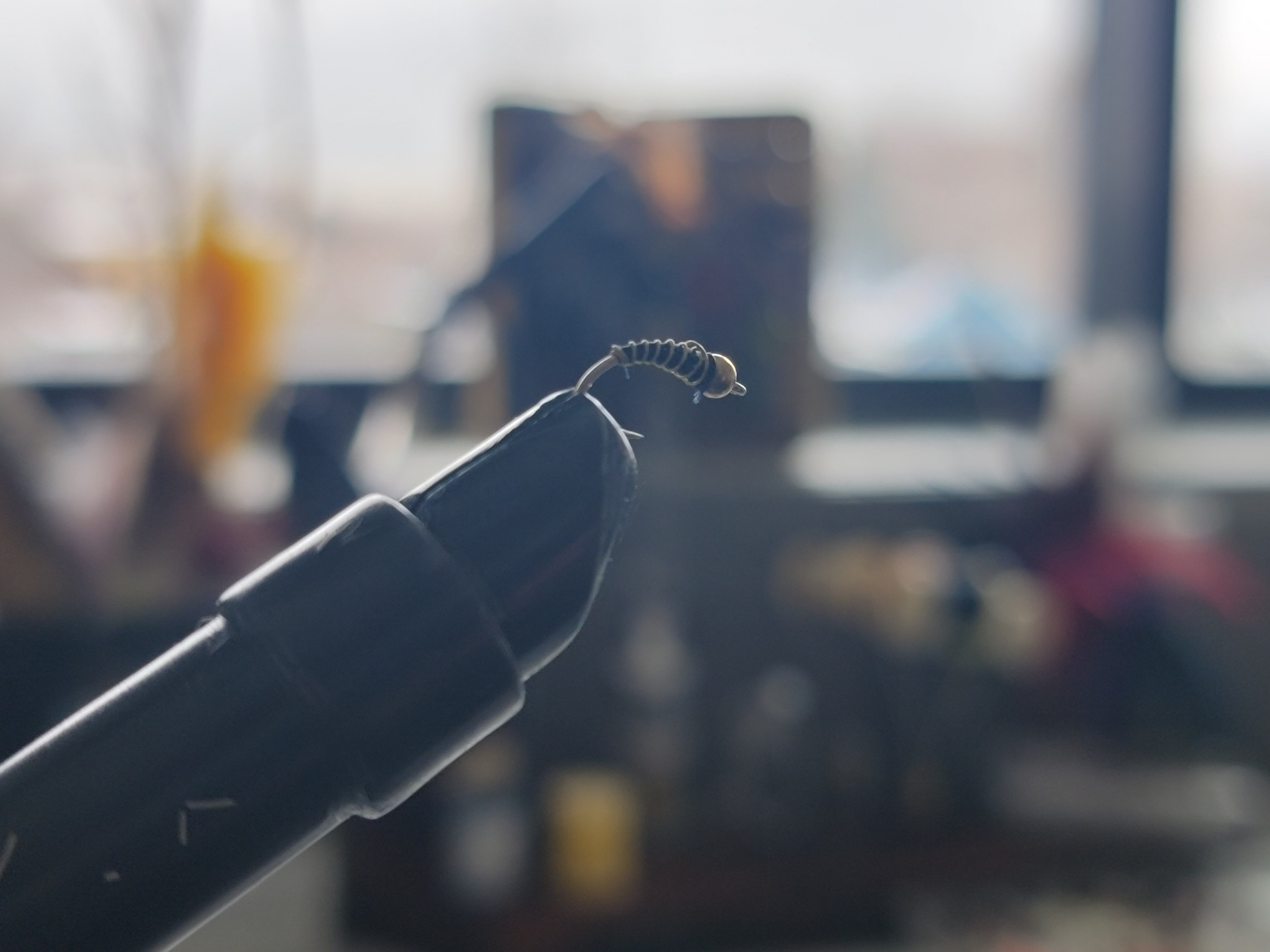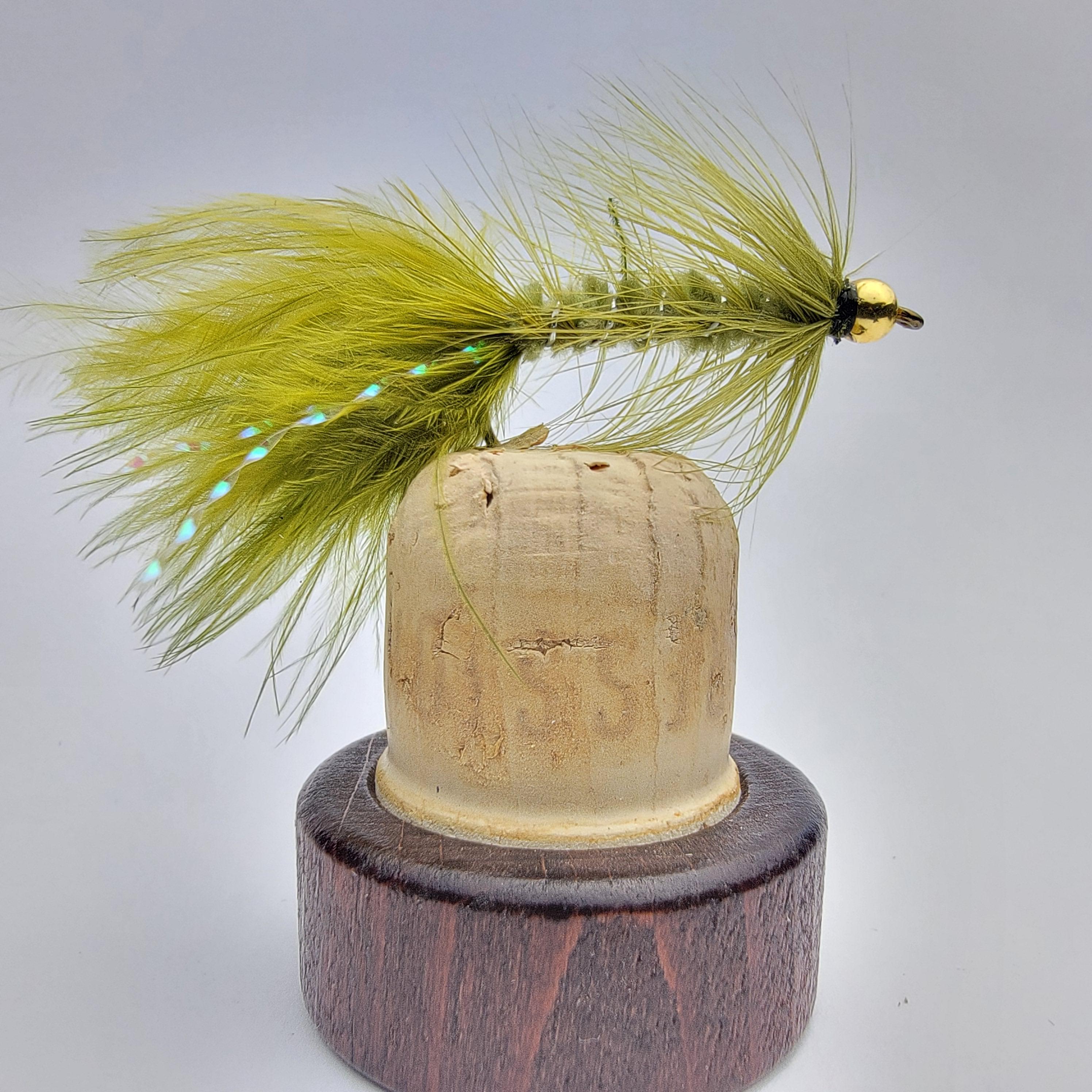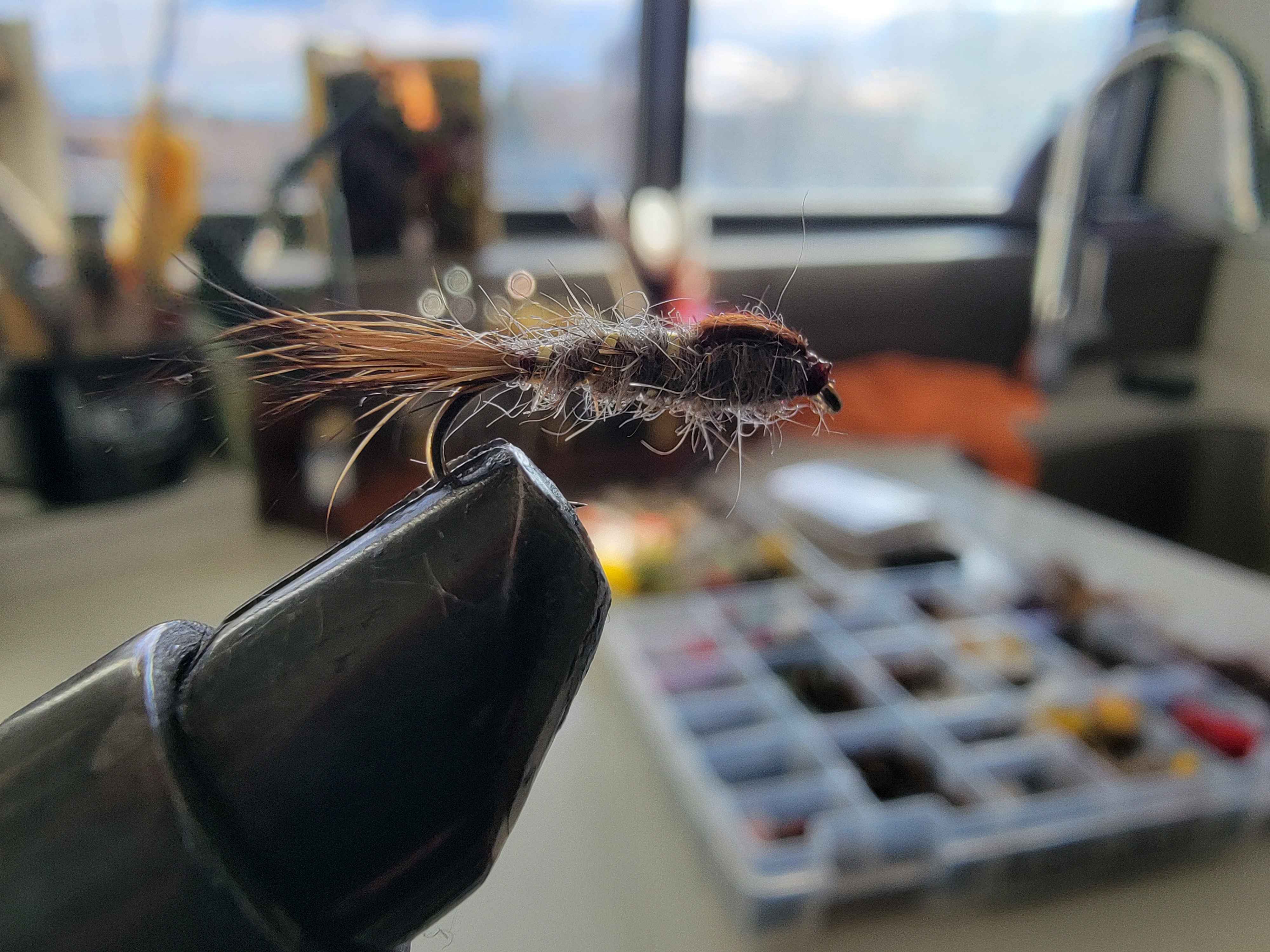Are you planning to go fishing in Colorado this spring? If so, you'll want to ensure you have the right nymphs to ensure a successful catch. Check out our comprehensive guide to discover the top nymphs to help you reel the big ones. From the Blue-winged Olive to the Pheasant Tail, we've got you covered with all the information you need to know.
Understanding Spring Nymph Fishing

When it comes to spring nymph fishing in Colorado, the sight of sparkling mountain streams and the sound of rushing water can be a natural symphony for any nature lover. It's crucial to understand the behavior of nymphs and their interactions with the water. The spring season brings a rise in water temperatures; as a result, nymphs become more active and emerge from their hiding spots. They wade towards the surface, trying to hatch into adult insects, making them an enticing meal for fish species like trout.
Knowledge of the aquatic insect life in Colorado's waters is essential for fishing effectively during the spring season. This knowledge will help you select the right nymph patterns and imitate the most abundant insects, increasing your chances of catching fish. You can experience the natural beauty of Colorado's streams and catch some fish with your fishing rod.
Best Nymph Patterns for Colorado in Spring

Several nymph patterns work exceptionally well in Colorado during the spring season. One popular choice is the Pheasant Tail Nymph, which imitates various mayfly nymphs. This versatile pattern can be fished effectively in both fast-moving and slower waters. Another effective nymph pattern is the Hare's Ear Nymph, which imitates various aquatic insects.
Additionally, the Copper John nymph is another successful pattern for spring fishing in Colorado. Its flashy appearance and weighted design make it highly visible and attractive to trout. Other effective nymph patterns include the Prince Nymph, RS2, and Zebra Midge. Experimenting with different patterns can help you determine which ones work best in the specific waters you are fishing.
- Pheasant Tail Nymph is a versatile pattern that imitates various mayfly nymphs and can be fished effectively in fast-moving and slower waters.
- Hare's Ear Nymph is another effective nymph pattern that can imitate various aquatic insects.
- Copper John nymph is a successful pattern with a flashy appearance and weighted design, making it highly visible and attractive to trout.
Experimenting with different patterns can help you determine which ones work best in the specific waters you are fishing.
Techniques for Fishing Spring Nymphs
When fishing nymphs in the spring, presenting the fly naturally and realistically is essential. One effective technique is to use a dead drift presentation, where you cast the nymph upstream and allow it to drift naturally with the current. This mimics the natural movement of nymphs in the water and increases your chances of enticing a strike.
Another technique is to use a nymphing rig, which typically consists of a weighted nymph and a strike indicator. This allows you to fish the nymph at different depths and effectively cover a larger water column area. It's important to adjust the depth and weight of your nymph based on the water conditions and the depth at which the fish are feeding.
Lastly, paying attention to the speed and depth of your fishing water can also be crucial. Trout tend to hold in specific areas, such as behind rocks or in slower-moving pockets of water. Targeting these areas and adjusting your presentation accordingly can increase your chances of success.
Tips for Success with Spring Nymph Fishing
To increase your chances of success when fishing with nymphs in the spring, consider the following tips:
- Match the size and color of your nymph to the insects present in the water.
- Use a fluorocarbon tippet to make your nymph sink faster and appear more natural.
- Keep an eye on the water temperature, as it can impact the activity level of the nymphs.
- Pay attention to the fish's behavior and adjust your presentation accordingly.
- Be patient and persistent, as nymph fishing can require a bit of trial and error.
Following these tips can enhance your chances of having a successful nymph fishing experience in the spring.
Mastering Colorado Spring Nymph Fishing
Fishing for spring nymphs in Colorado is a popular activity that offers anglers a unique challenge. Nymphs are immature aquatic insects that are an essential food source for trout in rivers and streams. Understanding the behavior of nymphs is crucial for successful fishing. It is important to note that nymphs are not strong swimmers and cling to rocks or other debris in the water. As a result, they are often found in or near the bottom of the river.
It's also important to choose the correct patterns for nymph fishing. There are many different patterns to choose from, and it's essential to select the most appropriate one based on the water's conditions and the fish's behavior. Some popular patterns include the Pheasant Tail Nymph, Hare's Ear Nymph, and Prince Nymph.
Effective techniques for spring nymph fishing in Colorado include dead-drifting, swinging, and stripping. Dead-drifting is the most common technique and involves casting upstream and allowing the nymph to drift naturally with the current. Swinging is another technique where the angler casts upstream, allowing the nymph to swing downstream towards the bank. Lastly, stripping involves retrieving the nymph in short, sharp movements to mimic the swimming motion of the nymph.
Remember to experiment with different nymph patterns and adjust your presentation based on the water conditions and fish behavior. With practice and persistence, you can master the art of spring nymph fishing in Colorado and enjoy a fulfilling fishing season.
.png?width=300&height=100&name=Copy%20of%20Rise%20Beyond%20Logo%2012.31.24%20(300%20x%20100%20px).png)
.png)


